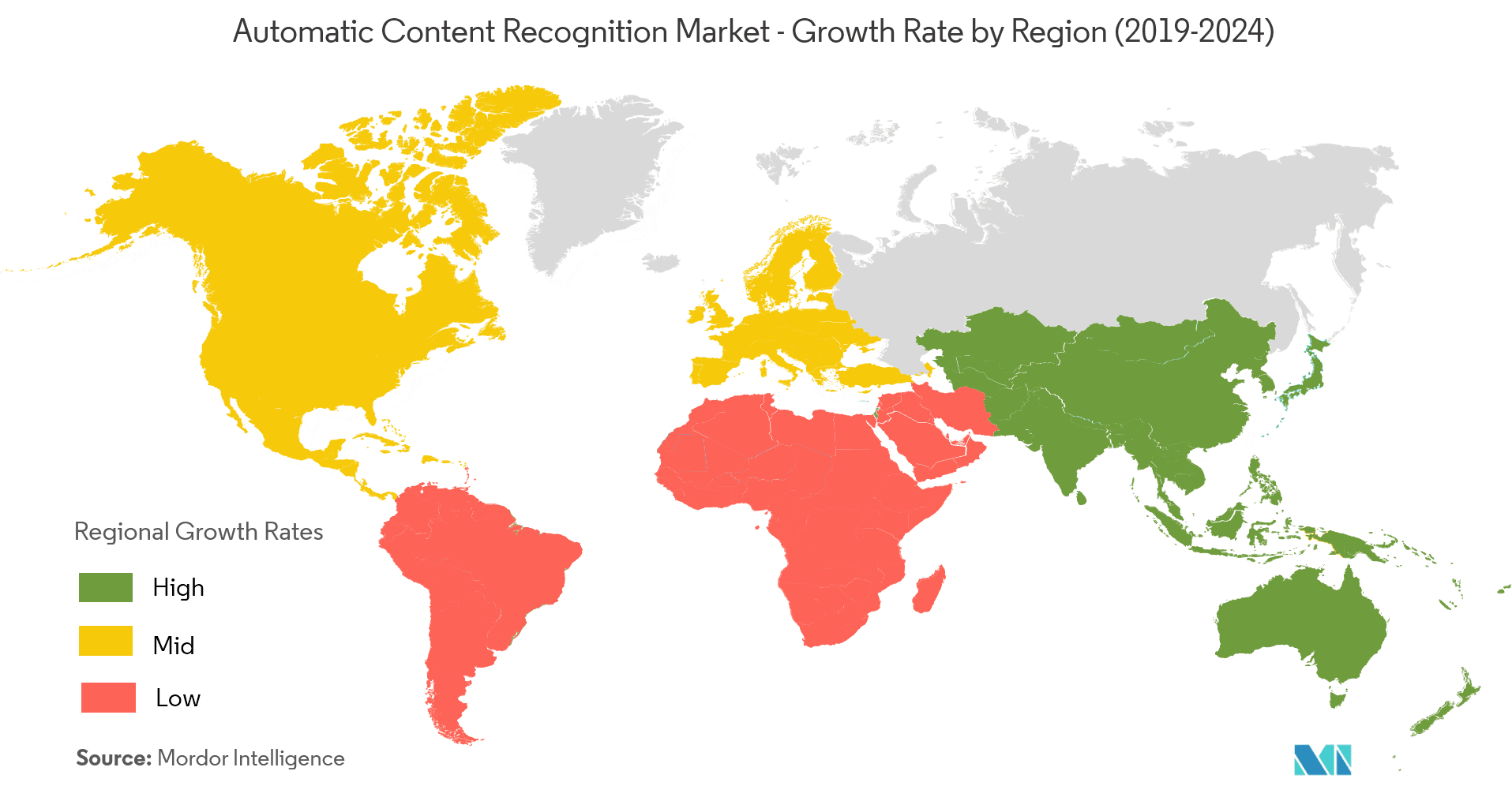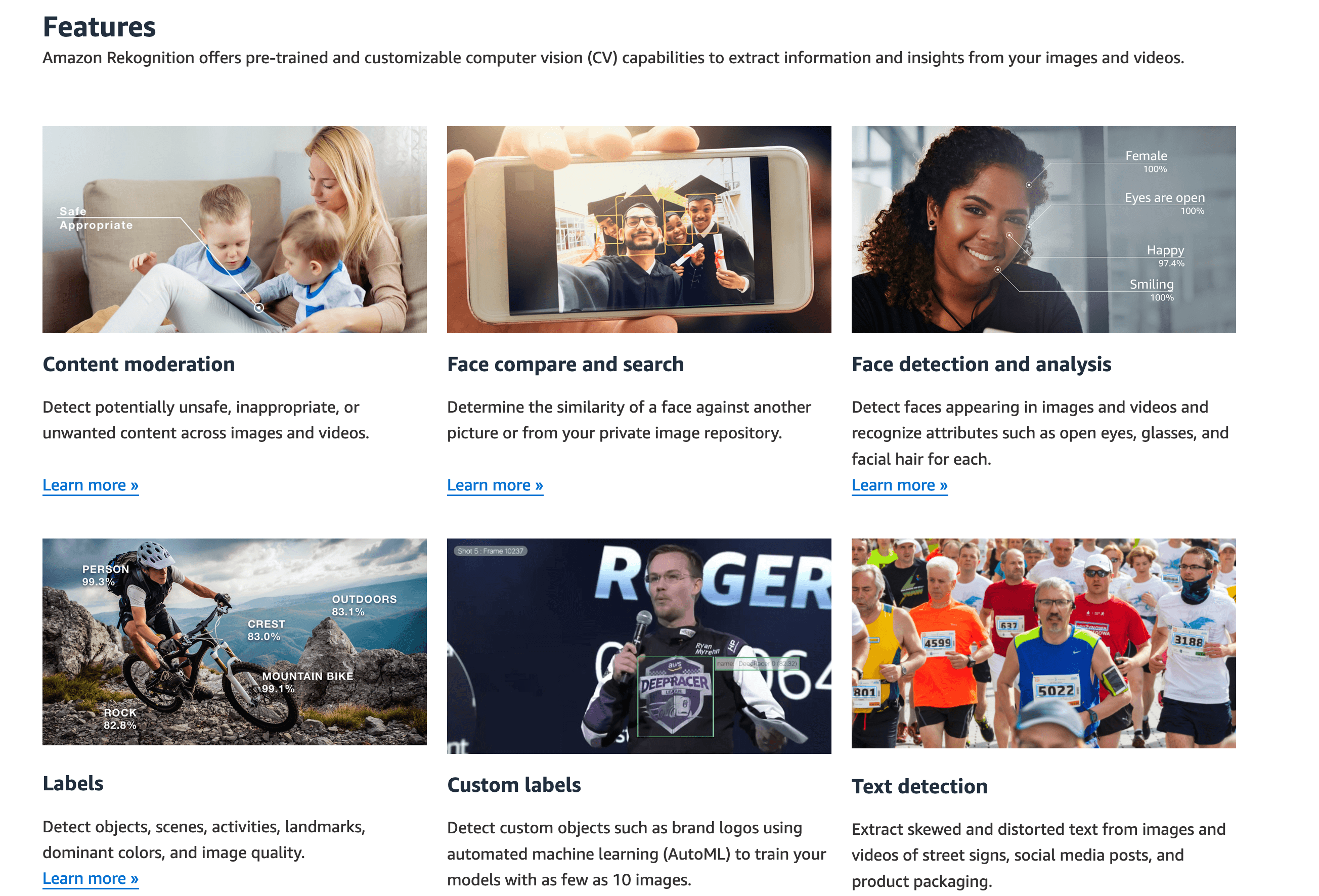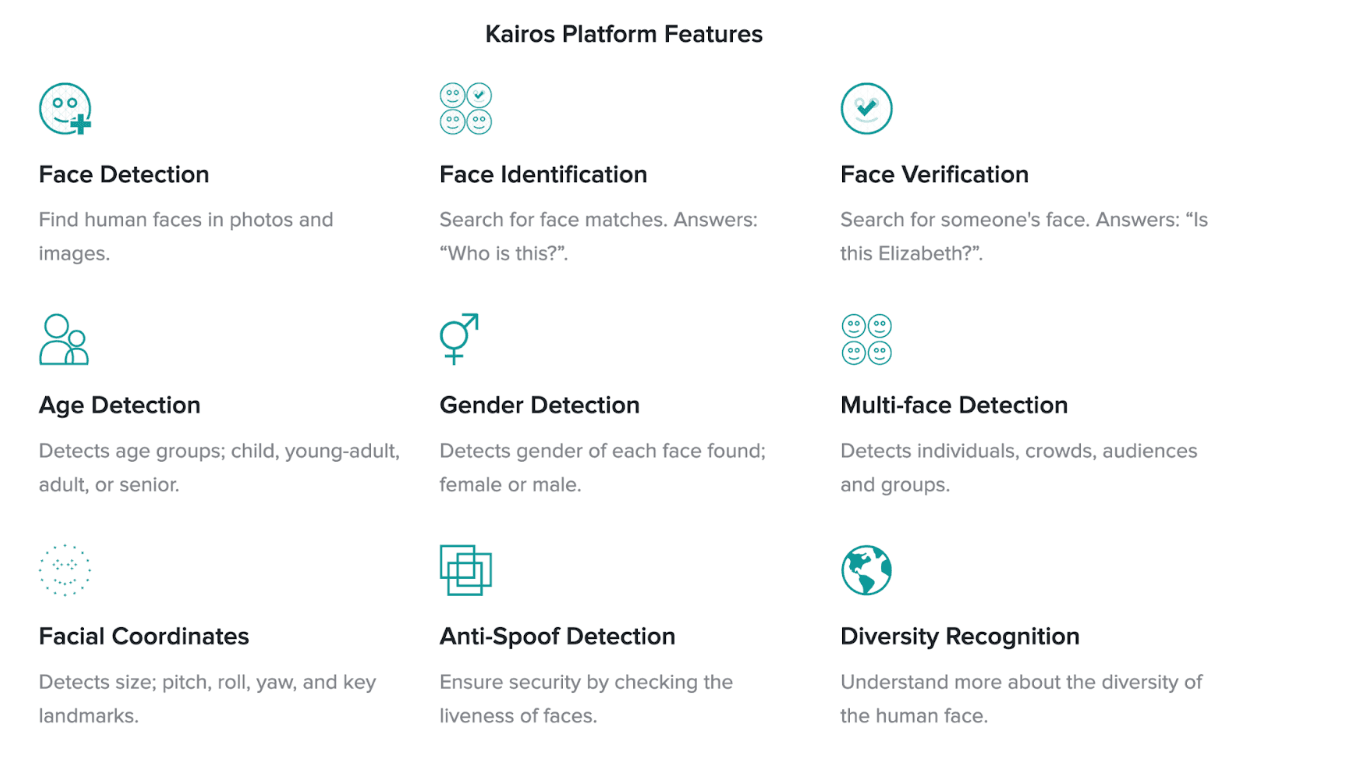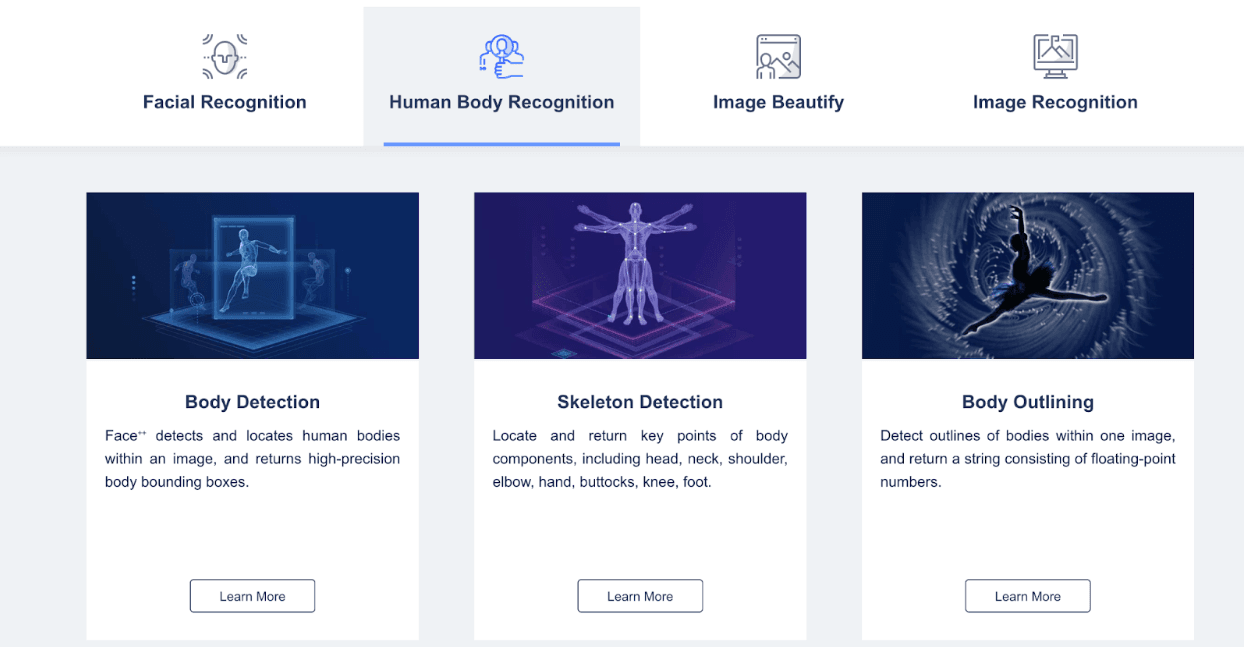Automatic Content Recognition technology is widely used throughout the Connected TV (CTV) market. Its primary purpose is tracking users' video content on their smart TV or other connected devices and getting a precise target audience and their preferences based on the collected data. Marketers can see this technology as a potential for ACR to be an effective option for improving both in-store traffic and online sales
The media buyers need to explore the ACR market to make the most of it. This article will share the seven things everyone needs to know about Automatic Content Recognition, AWS Rekognition, and ACR Analogs.
What is Automatic Content Recognition (ACR)?
Automatic Content Recognition (ACR) is a method used by an application (typically a smartphone or tablet app) to detect an element of content at close range. Using the source service, it compares and processes the sample by identifying the content using specific image, audio, or video characteristics. Using watermarking or fingerprinting technology, ACR helps in dynamic and seamless interaction between applications, content, devices, and viewers.
Automatic content recognition enables smart devices to be aware of the content. Apps are available on devices to help those who speak provide real-time information about various products. Automatic content recognition significantly impacts real-time commercial activity and user interactivity.
Automatic content recognition has many advantages, including:
- Second Monitor Sync: Users can enhance their TV viewing experience with ACR. Synced second monitor apps can provide users with more information and targeted advertising.
- Content check. For mass media, such as television or radio, there is no direct way to know what the audience is listening to. Automatic content recognition provides this opportunity. It brings business benefits such as accurate pricing, measurable advertising efforts, and intelligent content creation decisions.
- Content Identification: Automatic content recognition helps users identify content based on audio or images without additional research. It may also provide additional information about the content. This will allow users easily search for their favorite songs, forgotten tunes, or shows.
ACR service providers include ACRCloud, Red Bee Media, Digimarc, Gracenote, Kantar Media, Inscape Data Services, and Shazam.
How Does ACR Work?
There are two key methods of ACR: audio-based ACR and visual-based ACR. Both methods imply the use of high-tech technology for pattern-matching. The smart TV sends the audio or visual signal, cross-referenced with a library of audio and visual signals from other shows, images, movies, and ads, to find the perfect match.
Among the other data points (information gathered through ACR) are:
- Type of platform – we can get the idea whether an ad was using linear, MVPD (Multichannel Video Programming Distributor), CTV, or some other type of VOD-enabled (video on demand) device
- Location data for both stationary and mobile screens
- IP addresses
- Viewing behavior – the user’s content preferences, average watch time, surfing patterns, completed view rates, ads views, etc.
ACR Features and Automatic Content Recognition Functions
The ACR system divides the video or audio content and uses the data reference stored in the database. The ACR fingerprinting can be of two types: for ACR audio media and ACR video.
At the first stage of the fingerprinting sequence, the media is transferred through special algorithms that generate library-side fingerprints stored in a particular database connected to content servers. When users search for the media, the system generates their fingerprints and passes them to a server. The matched results are delivered to marketers who can send highly targeted ads.
Acoustic Fingerprinting is a digital audio technology used to match songs and tunes. It is applied in radio broadcasts, streaming services, and video file identification. Acoustic fingerprinting finds frequencies, amplitudes, tempo, sound spectrums, and other features to catch the signal that usually is inaudible to humans.
Video Fingerprinting collects and analyzes small video pieces from the original video and matches them to the pieces available from the database. The technology allows recognition of the video even if it’s compressed, resized, or changed due to some circumstance.
The main ACR functions include:
-
Content personalization. The ACR platforms can create content that increases audience engagement, identify potential consumers, and optimize existing content for your unique goals. The system can draw a psychological portrait of the user based on his digital footprint and determine which message will interest the customer and how best to formulate it. The platforms can also select the most effective messaging channels, like email, Twitter, LinkedIn, or any other social network. ACR can improve the user experience on your site. It analyzes data about the user, such as location, device, age, past online activities, and so on. The information obtained helps to automate email marketing and send regular push notifications tied to certain circumstances.
-
Synchronization of online content and offline behavior of customers. The accuracy of visual recognition in artificial intelligence is 99%. Facial recognition software helps to track the visitor's stay in stores and link it to a personal profile. Facebook, Amazon, Pinterest, and many other global brands already use similar technologies.
-
Predicting consumer behavior. Decision-making is based on data. Algorithms of ACR analyze available information and offer the most reliable business decisions in real-time. The propensity coefficient shows how likely it is that a particular person will make a purchase and determines the value of this consumer.
Use Cases - What Type of Business is the Most Suitable for Automatic Content Recognition
Automatic Content Recognition technologies are used in a wide variety of areas, including:
- Ensuring safety in crowded places
- Security systems, prevention of illegal entry into the territory of the facility, search for intruders
- Face control in the catering and entertainment segment, search for suspicious and potentially dangerous visitors
- Verification of bank cards
- Online payments
- Contextual advertising, digital marketing, Intelligent Signage, and Digital Signage
- Photographic equipment
- Criminalistics
- Teleconferences
- Mobile applications
- Search for content in large databases
- Tagging people in photos on social networks and many others
ACR’s most famous benefit is its ability to use advertisers to send their TV and digital media strategies with a message across all device types. The ACR data is often collected, so advertisers can get an idea of ad views and use that data for targeting decisions on digital. Let’s look at a few examples of how ACR is used:
- Facebook has launched the GrokNet tool, which can identify different categories of products in a photo using artificial intelligence technology. It recognizes thousands of various attributes, such as brands, colors, and sizes. This tool is integrated into the Facebook Marketplace — with its help, users can quickly create a product description. For example, when a seller uploads a photo of the sofa, the site prompts you to specify the characteristics "black," "leather," or "sectional sofa." The AI system learned to recognize images on a database of about 100 million user photos in the Marketplace.
- Cisco bought Modcam, a startup that develops software for automatic image recognition from CCTV cameras. Modcam technologies can be used in video surveillance systems to accurately determine the location of objects and define the route of movement. The capabilities of Cisco smart cameras include motion and object recognition.
- The neural network model for generating descriptions for images is used by Computer Vision in Azure Cognitive Services, which is part of Azure AI, and allows developers to improve the availability of their services. The AI system created more meaningful and accurate descriptions than people did for the same images. Auto Description helps users access the important content of any image, whether it's a photo returned in search results or an illustration for a presentation.
According to the world statistics of ACR use, in the next few years, the Asia-Pacific region is expected to attribute higher growth to technological advancement in economically developing countries such as Australia, India, China, and Japan, leading to the rapid adoption of technology-enabled smart devices, which contributes to the development of the global market.

What is AWS Rekognition?
AWS Rekognition is an image analytics API that helps developers add image and video analytics to applications. When there is an image or video, the API automatically distinguishes between objects, scenes, faces, etc. The Amazon Rekognition API lets you recognize a person from a photo or video using your personal face image repository. In addition, the API can parse face attributes in images and determine parameters such as age, happiness, eye openness, facial hair, glasses, etc.

Photo technology was introduced in 2016. Since then, the product has matured quite well and learned new tricks. For example, at the initial stage, Rekognition could not determine the context of the image - what the person is doing now and what his facial expression shows (pleasure, fear, anger). At that time, this Amazon technology was often compared to Microsoft Cognitive Services, claiming that Microsoft was doing better.
But in the end, the AWS system became much more famous than its competitor. It may have played a role that Amazon's cloud services account for 33% of the market, while Microsoft only 13%. Amazon claims its service is more powerful because it has accumulated more data that can be fed to neural networks for training. Rekognition is now the face of deep learning for photo and video recognition for the public and authorities in the United States.
Key features of this API include:
– object and scene detection
– face detection
– face analysis
– face comparison
– insecure image detection
– celebrity recognition
– text on image
AWS Rekognition offers a free trial for 12 months and flexible paid plans with a per-image pricing model.
For individuals or companies, the service is priced at 10 cents per minute of archival or streaming video recognition (plus free analysis of 1,000 minutes per month for the first year of use). Under a special program, police in the US can get Rekognition for $6 a month to scan hundreds of thousands of faces of potential criminals. Oregon has a database with photos of all the criminals caught in the last 10 years. It is used mainly for searching by names, surnames, and places of residence. It’s almost impossible to find someone by looking at their face, especially considering that people grow beards, make new hairstyles, and so on. But neural networks cope with the task in a few seconds. The country police say it now uses Rekognition's capabilities more than 20 times daily.
How to Implement and Use AWS Rekognition
Amazon Rekognition allows you to embed image and video analytics generated by deep learning algorithms into your applications. It is enough to apply your video or a series of pictures to the neural networks, and they will recognize it. The system can recognize people's faces, actions, objects, and environment or detect a murder scene.
Rekognition allows you to search for faces in collections of several tens of millions of faces in real time. First, you need to create such a collection (or use the option provided by Amazon). The service then conducts a quick search on it to find faces that have a visual resemblance to the faces of the people in the photo or video.
The system can even remember where this or that person went when their face is not visible. Technology can be used to find missing people or automatically identify suspects in crimes.

This image was generated by AI Stable Diffusion
Rekognition can also be used to filter inappropriate content. Before, you had to use a team of moderators to do this or rely on users to mark photos/videos with violence or scenes of a sexual nature in applications and social networks. Amazon already allows you to specify the item needed to be automatically deleted. And they won’t even appear in the search results: the system will filter out already at the loading stage.
The service constantly learns from new data, expanding its capabilities and recognition accuracy. Moreover, due to the phenomenal power of AWS, the technology is stable for any number of requests. Its delay will remain unchanged even with an increase in requests to tens of millions.
The Rekognition system also got some criticism regarding the "bias" towards women, black people, and Muslims. The neural networks were trained mainly on photos of white men. As a result, the technology learned to distinguish such men from all others and worked almost without errors. But these neuro systems tend to perform worse for women and black people. Rekognition program is smart, but still, if for every photograph of a white suspect, there are three or four “similar” faces in the database, then for a black person, it may return twenty or thirty results. As a result, experts fear the percentage of searches and arrests among racial minorities with such a system can only increase.
AWS Rekognition analogs - Top 5 Vendors of Automatic Content Recognition
A wide range of automatic content recognition APIs is available to assist developers. They offer various features so that developers can choose between these options depending on their budget and the specific needs of the project. Here is a list of popular AWS Rekognition analogs you can use:
-
Microsoft Computer Vision Facial and Image Recognition offers high-level development algorithms for image processing and information return. This can be used to analyze images and get an idea of their visual features and characteristics. This API helps you identify visual features, define objects and brands, classify and describe images, define faces and image types, and even define a color scheme. In addition to the free basic plan, it is available in several paid plans starting from $19 to $199 per month.
-
Kairos Face Recognition API is very popular, offering a wide range of image recognition solutions. It provides face grouping, face coordination, age detection, gender detection, and diversity recognition. Kairos Face Recognition API allows you to determine gender, age, and even emotional depth in photos and videos and in the real world. This API is beneficial for combating identity fraud, complying with regulatory requirements, and ensuring a secure customer experience. It is available in multiple paid plans starting at $19/month and going up to $499/month.

- The Face++ Face Detection allows you to detect, recognize and analyze faces using deep learning models. These models are trained on millions of images to ensure maximum accuracy. The key features of Face++ include face detection, face comparison, face identification, and body recognition with high precision. In this case, you can determine the age, race, and gender of this photo. Upload an image, get 1000 face key points, and pinpoint facial features and contours. This software is available for free. Paid packages range from $500 to $10,500, depending on the features you need.

- Luxand.cloud Face Recognition detects and compares human faces. It will help you recognize age, gender, and emotion in a photo and identify previously tagged people in images. This API makes it easy to find and verify people in a picture or photo collection. You can also create a cloud storage gallery with face recognition. In addition, you can add people with their names and get the IDs of those people. Detecting age, gender, and emotions from photographs help determine vigilance levels and track customer satisfaction. With a free basic plan, it also offers paid programs ranging from $19 to $499 per month.

- The EyeRecognize Face Detection provides coordinates for detected faces and their facial features, including eyes, nose, and mouth. It also returns biometrics, including gender, race, and age scores. This system accepts an image URL to return the coordinates above, face-to-image relationship, skin color, eye color, and hair color. With these details, this is a beneficial face and image recognition system. The EyeRecognize Face Detection Basic plan is available for free and paid plans ranging from $29 to $249 per month.
Automatic content recognition has revolutionized the security of mobile and web applications. Highly accurate face and image recognition have made it easy for developers to create innovative features for users and have helped to increase user confidence.
Use ACR systems according to the features you need and your budget to create the perfect product. Contact The RabbitPeppers team to successfully learn how to apply ACR systems and other technologies to your business.



